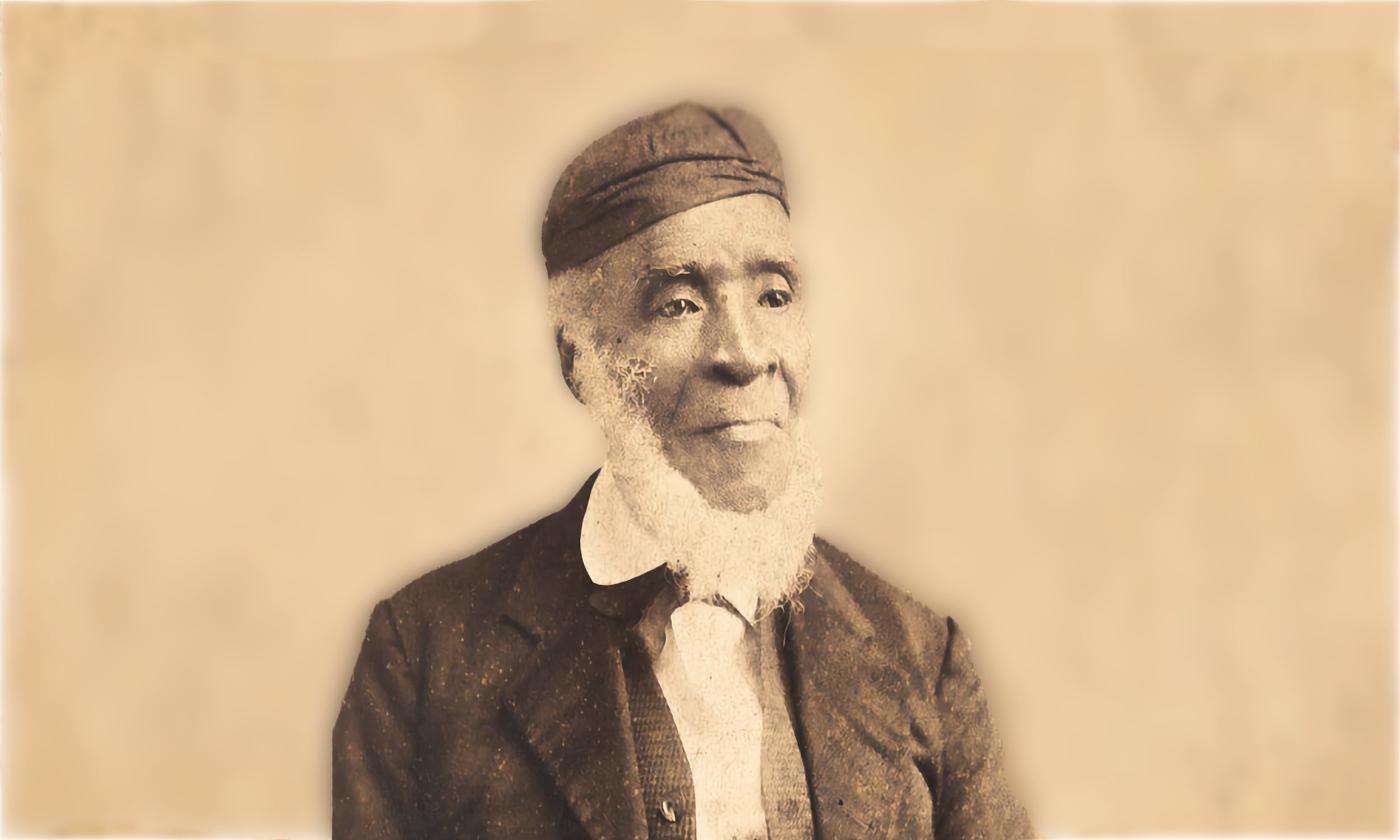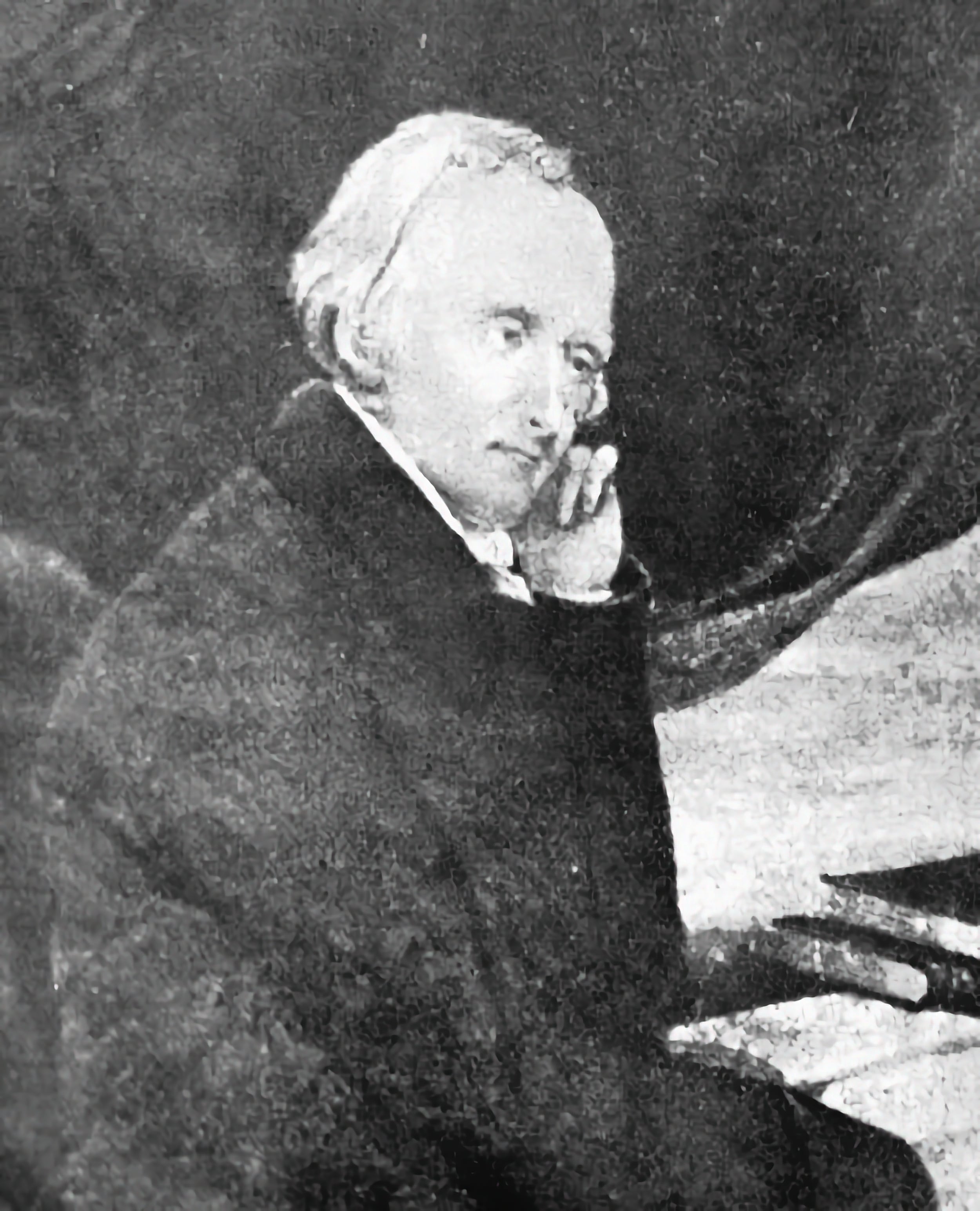
Luis Fatio Pacheco
Polyglot, Interpreter, Freedom-seeker.
Luis Fatio Pacheco
Second Spanish Period (1784-1821)
In 1784, Spain regained control of Florida from Great Britain in return for its support during the American Revolutionary War. After twenty years of British occupation, St. Augustine had changed in appearance and population.
La Florida's Spanish system of slavery granted certain rights to enslaved people. Living under the title of esclavo, people could still be publicly baptized, married, and earn money to purchase their freedom.
Each African-descended person in Florida had their own origin story and path. Some had memories of their motherland, while others had been born into slavery in the colonies.
Enslaved on a Swiss Plantation in Spanish Florida
Luis Fatio Pacheco — one remarkable Black person among thousands in Florida — was born on December 26, 1800. His father, Adam, was a "remarkably intelligent" carpenter, boat builder, and driver. Secondary sources do not list his mother's name.
For the first decade or so of his life, young Luis lived on the New Switzerland Plantation, northwest of St. Augustine on the St. Johns River. He was enslaved by Francis Phillip Fatio Sr.

Because of his father's very useful skills, Luis was likely raised with some privileges.
At some point, Susan Phillippa Fatio (the young granddaughter of his enslaver) taught Luis how to read and write. These lessons helped him learn to speak French, Spanish, and English.
Along with learning European languages, Luis also learned to speak the Seminole language. One of Luis' older brothers was responsible for these lessons.
The brother was said to have been carried away by the Seminoles and spent decades with them. It was during his visits (or upon his return) that Luis was taught to speak the Indigenous language.
Many Black people in Florida had been captured or fled enslavement, joining the Seminoles by force or choice.
New Switzerland Burns
In 1812 — about one year after the death of Francis Fatio, Sr. — New Switzerland Plantation was burned down.
The Fatio family narrowly escaped the fire — an attack by Spanish-allied Seminoles, who suspected the Fatios supported America's annexation of Florida. During raids like these, the Seminoles rarely killed enslaved people, instead capturing them as prisoners of war (or willing runaways).
Under new patriarch Francis Fatio, Jr., the Fatio family and the people they enslaved moved several times. Around 1818, they finally settled at a plantation called San Pablo in today’s Jacksonville Beaches.
Manning the Mail Route
From San Pablo, Francis Fatio Jr. organized a private mail route that ran between St. Augustine and St. Mary’s in Georgia, passing through his plantation and Amelia Island.
In 1821, Luis is recorded as one of the couriers delivering mail by boat. This shows that he was trusted by his enslavers and traveled throughout the region independently.
At some point in his early life, Luis Fatio married an enslaved woman who lived in St. Augustine. Near the end of the Second Spanish Period, Luis' wife was able to pay her way out of enslavement. Luis was married to a free woman!
However, the mail route was discontinued when the United States took possession of Florida that same year.
The beginning of the American Territorial period (1821-1845) marked a change in the lives of all Floridians. Many Spanish citizens left for Cuba or other territories. The Fatio family chose to stay in America, where they had made a massive fortune.
However, Florida's Black and Indigenous populations were now at risk of enslavement or forced relocation — or both.
The New Switzerland Plantation was built again, and the Fatio family dispatched a Spaniard named Ramon Sanchez (once the enslaver of Luis' wife) to return enslaved people to their plantation.
Flight From Enslavement
One can imagine that Luis was less than pleased to return to life at the New Switzerland plantation after nearly a decade away, wherein he was traveling constantly.
In November of 1824, after a conflict with Francis Fatio Jr., Luis ran away to see his wife in St. Augustine. These unauthorized visits were probably something he did rather often before being moved back to the plantation.
However, this time was different. Luis was well known in the "Ancient City," and couldn't stay long. It is unknown if his wife stayed here in St. Augustine or left the city with him.
Re-Enslaved in Tampa
Using his family connections and language skills, Luis fled to Florida's west coast and lived amongst a population of fishermen. There, Cuban men (once Spanish citizens) had been working and intermarrying with the Seminoles for decades.
However, mounting suspicion of Spain's sympathizers caused the U.S. Military to search the area. Luis was re-captured in 1825 during one of these searches.
Interpreter at Fort Brooke
After being sold to Col. Brooke, commander of the fort near Tampa that bore his name, Luis served as the fort's interpreter for several years.
Every time there was a change of commanders in the fort, Luis would be sold to the new commander to serve as interpreter.
Pacheco Surname
Finally Major James McIntosh, sold him to Antonio Pacheco, a Cuban national who had a trading post in Sarasota. It is at this instance that Luis Fatio’s name is changed to Luis Pacheco. Five years later Pacheco died, Luis was inherited by Pacheco’s wife.
Dade Massacre Starts Second Seminole War
In 1835, Señora Pacheco hired Luis out to Capt. John C. Casey. He was hired as an interpreter for Major Dade, who was leading about 100 men to Fort King, catching people who had escaped slavery along the way. This was during the early Second Seminole War.
After three days of riding, the Seminoles ambushed Dade’s troops and killed most of them. Luis was spared — probably because the Seminoles were aware enslaved people were not free to make their own decisions.
50 Years Out West
In 1838, two-and-a-half years after the Dade Massacre, Luis Fatio Pacheco arrived in "Indian Territory" in present-day Arkansas. He moved frequently (both purposefully and forcibly), seeking sanctuary, work, and stability amongst the Black Seminoles.
At 53 years old in 1853, Luis became a plantation slave again when he was captured and sold to Marcellus Duval (brother of William Duval, for whom Duval County is named). He was moved to Travis County, Texas (near Austin).
Luis Fatio Pacheco was freed in 1865, at the end of the Civil War. According to census records, he took the name of Lewis Fatio and remained in Texas. He registered to vote in 1867.
A Political Symbol in His "Absence"
While Luis was living in Indian Territory, he was accused of treason by the U.S. Army.
Claims were spreading that he had told the Seminoles where Dade's men would be traveling, setting them up for a massacre. This spread distrust against the Seminoles and enslaved Black people.
On the other side, abolitionists (like Rep. Joshua R. Giddings of Ohio) used Luis Fatio Pacheco as a symbol against federal support of slavery.
A Reunion in Florida
Luis Fatio Pacheco returned to Florida in 1882. There, he reconnected with Susan Fatio L’Engle, his original enslaver's granddaughter.
Mrs. L'Engle had the Florida Times Union interview Luis. At 82 years old, he was “anxious to have his history written and to correct the accusation of treachery which has lived so long.”
Legacy of Luis Fatio Pacheco
Luis lived the rest of his years in northeast Florida. He died in 1895 and was buried in Magnolia Springs Cemetery, just a few miles from his birthplace.
Visiting the Ximenez-Fatio House Museum
Today, the boarding house of Louisa Fatio is open as a museum at 20 Aviles Street. They conduct yearly programs and exhibits that delve into the property's rich and sometimes challenging history.
This profile was written by Cheyenne Koth Leahy with the assistance of Taryn Rodriguez-Boette, Archivist of the Ximénez-Fatio House Museum. The information above was curated from the museum's archival material.
Resources
Online Resources
“The Last Survivor of the Dade Massacre,” 2024 article from the Fort King Heritage Foundation
“The Life of Louis Fatio: American Slavery and Indigenous Sovereignty,” 2023 article from Black Perspectives
“A Swiss Settler in East Florida: A Letter of Francis Philip Fatio,” 1985 article for the Florida Historical Quarterly.
Further Reading
Porter, Kenneth W. 1943. “The Early Life of Luis Pacheco Né Fatio.” Negro History Bulletin, Vol. 7, No. 3, December.
Amos, Alcione M. 2006. “The Life of Luis Fatio Pacheco: Last Survivor of Dade’s Battle.” Pamphlet Series Vol. I, No. I. Seminole Wars Foundation, Inc.

